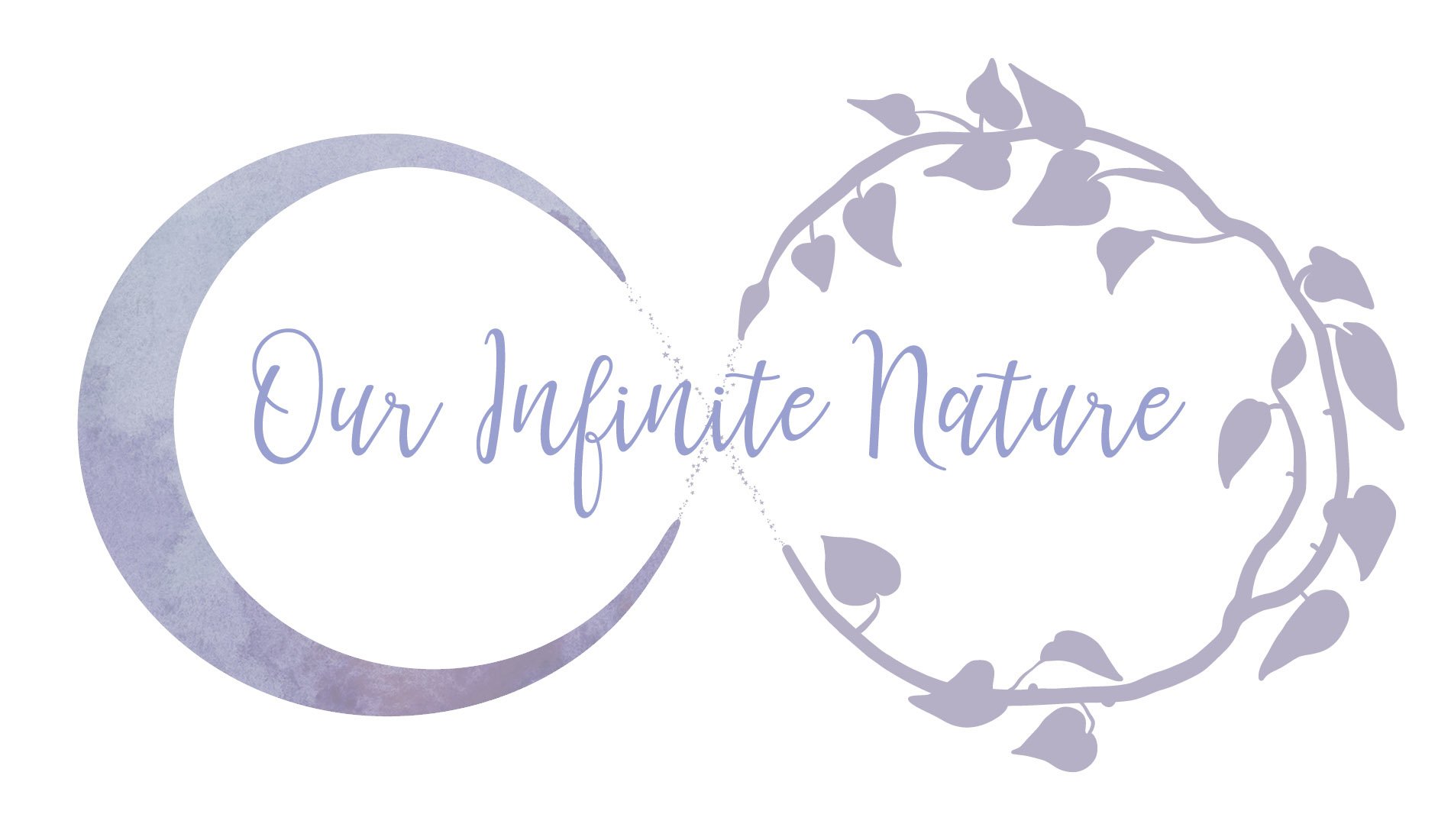guest post: body aches and the myth of the green thumb
by Christine Kelso of @workhardplanthard
There are many ways we can tie plants to our own health. The obvious – they purify our air. They offer us medicines that are sometimes life-saving (e.g. penicillin). Many of use know that just the act of caring for our plants is stress relieving (though some of us know they can also cause us stress – when they’re struggling or when we don’t have time to care for them the way we want to). I’ll cover some of these topics in future blog posts, but there are so many other correlations I see in my day in/day out life as a physician who comes home to my plants every day. Thriving in personal health requires knowing what our own bodies and minds need and feeding those needs in a balanced way. I am constantly reminding my patients to “listen to [their] bodies.” Those of us that care for plants know our plants have ways of talking to us, giving us clues to what they need. Wilting is often a sign the plant needs water. Burnt leaves mean too much direct sun. We need to be attentive to that. That’s really all it means to have a “green thumb” in the first place, isn’t it? Watching, learning, trial and error. If we always looked at plants with wilting leaves and thought they were thirsty without first checking the soil with a finger or meter, we would not be actively “listening” to them.
For example, one of my Peperomias (rosso) started wilting. I knew it had plenty of water – the soil was damp to the touch. Peperomias, being semi-succulents (fairly thick leaved/stemmed), like to dry out somewhat between waterings. I knew it wasn’t thirsty. I was giving it plenty of sun – I even tried some direct sun here and there to help it increase photosynthesis and drink up more water. But the soil stayed damp and the leaves continued to wilt. It was in its original plastic nursery pot with a decorative pot cover over it, and I finally realized it wasn’t aerating well at all because of how tight the outer pot was. Not wanting to use a blunt end of a skewer or chopstick because it is such a dense plant and its root system could be disrupted, I simply gave it a new pot cover that was looser. This allowed for more circulation from underneath and the Peperomia perked right up. Another option would have been to repot in a terra cotta pot which allows for more circulation and aeration. This is a little more time consuming but something I’ll likely eventually do.
In similar ways, our bodies talk to us. The most common cause of a (non-traumatic) ache or pain in the upper body is overuse. It’s our body’s way of telling us to stop that repetitive activity or modify it in some way. Similarly, back pain – one of the number one reasons for doctor visits in the US, is often from poor ergonomics during the day and/or at night.
When someone tells me “my thumb hurts,” the first things I ask are “What are your daily habits? What are you doing repetitively through the day? Do you use a smart phone/tablet? How do you hold it? How do you text? Do you have any hobbies such as knitting?“ We don’t realize how much hundreds of repetitions can add up to our tendons and joints yelling at us to “STOP!” Often, backing off of that activity for two weeks and then modifying how we do it when we come back to it can cure the ache. Bracing the affected area at night can promote faster healing. Why? The way we sleep has a huge impact on our aches and pains. We sleep in all sorts of contortions that we are not even aware of. Think of all the times you’ve awoken with some numbness in your hand or arm. During sleep, you trapped the nerve, reducing its blood supply, hence interfering with its signals to your brain. As the blood supply recovers, so do the signals. Similarly, we often stretch our tendons at night when our hands are curled up under our pillow or trapped under our bodies. Bracing the painful area overnight can allow for complete rest, encouraging recovery. This is especially true for the fingers, hands and wrists.
Standard thumb and wrist braces can be used at night to rest overuse injuries.
So the next time you have a (non-traumatic, of course) ache or a pain, consider listening to your body and thinking through what it might be trying to tell you, just as you listen to your plants. And of course, as always, if it’s not improving, seek professional guidance.
I have lots of ideas for future posts to help you thrive not just survive– more on back pain, skin care, nutrition, restorative sleep, bowel habits (yes, bowels!). If you have specific requests, feel free to message me. I’m all ears!
Thanks for reading!
Christine


